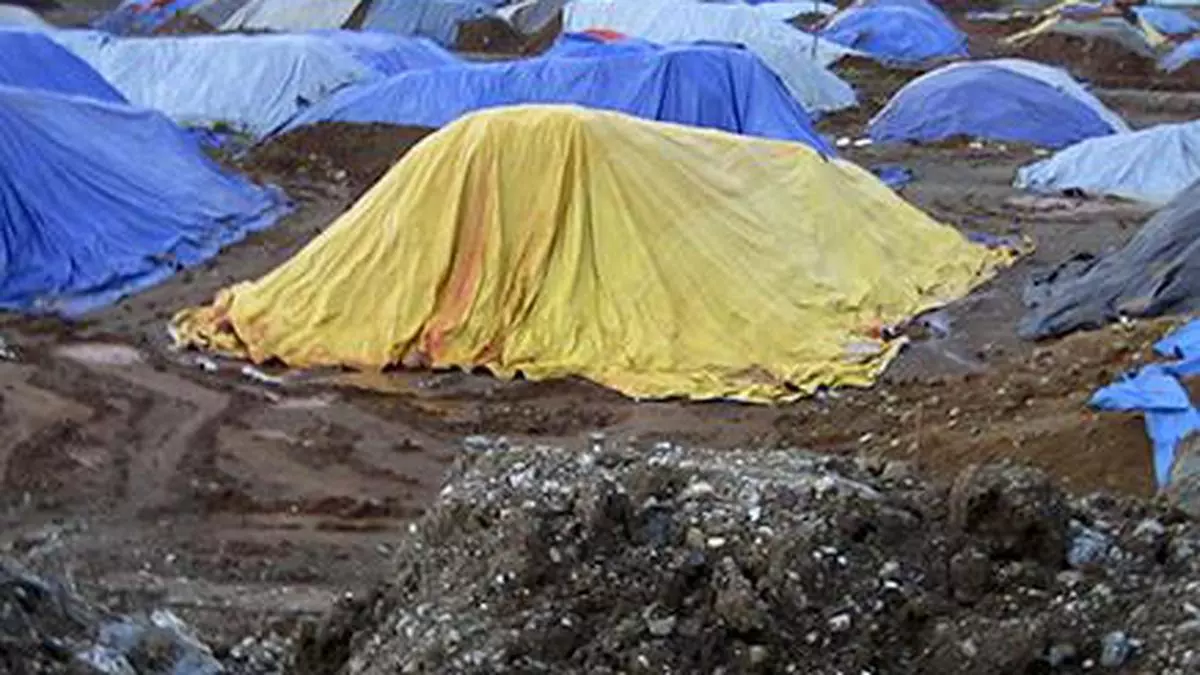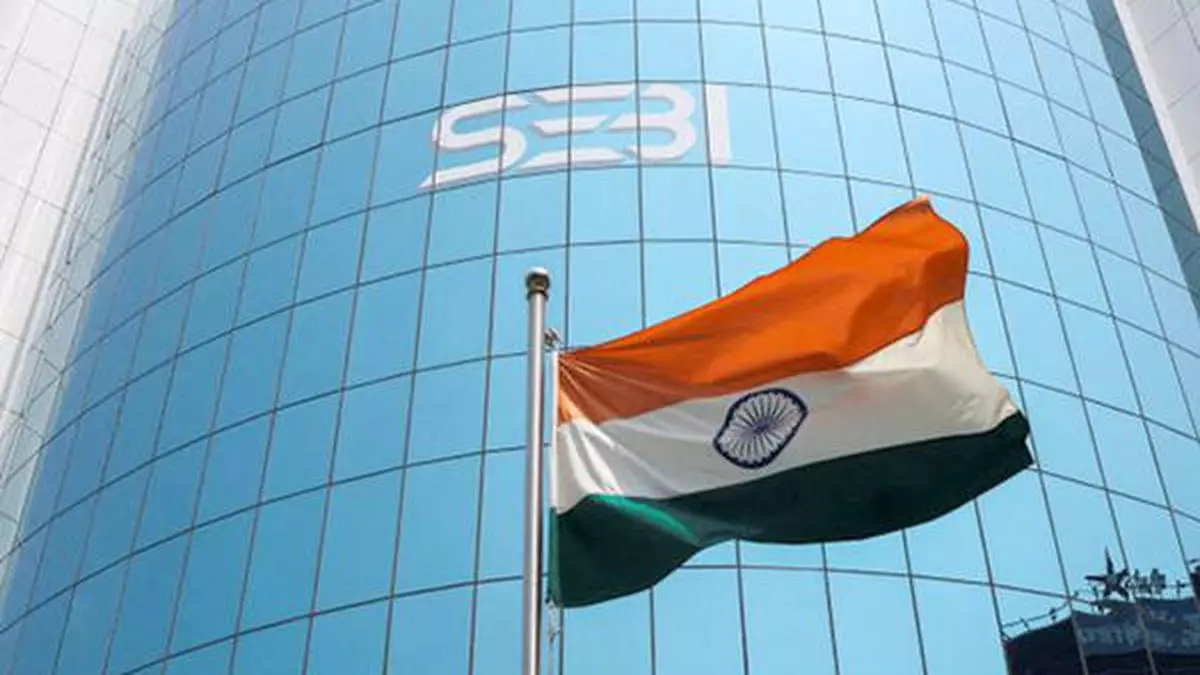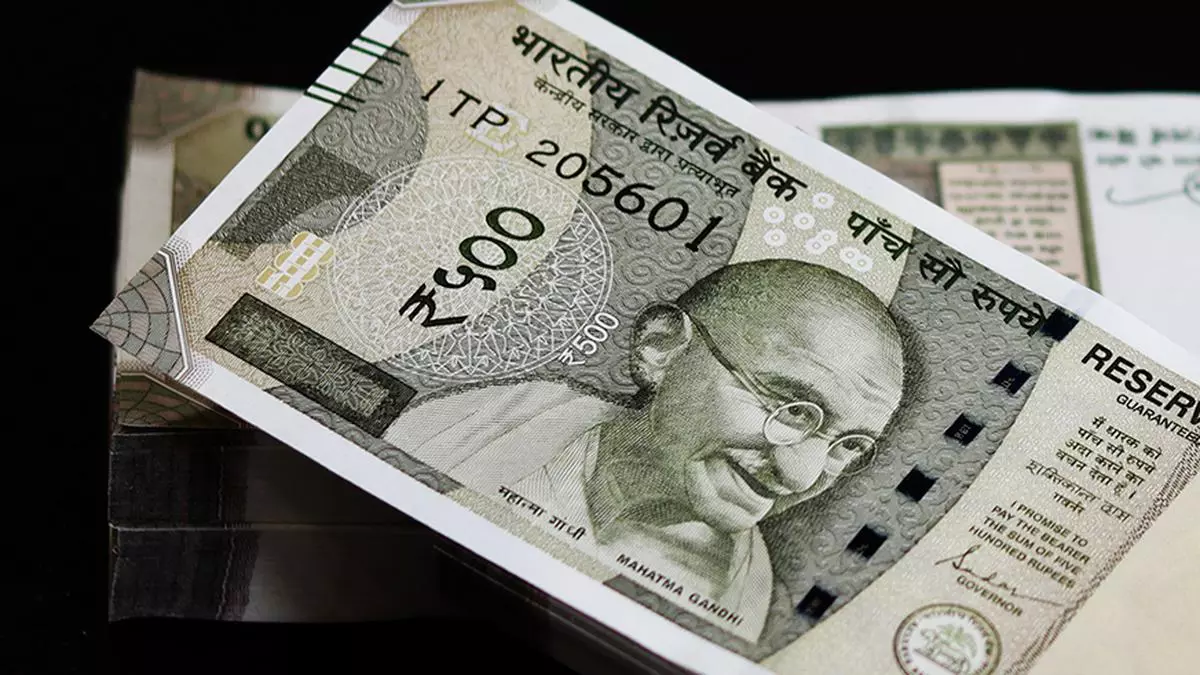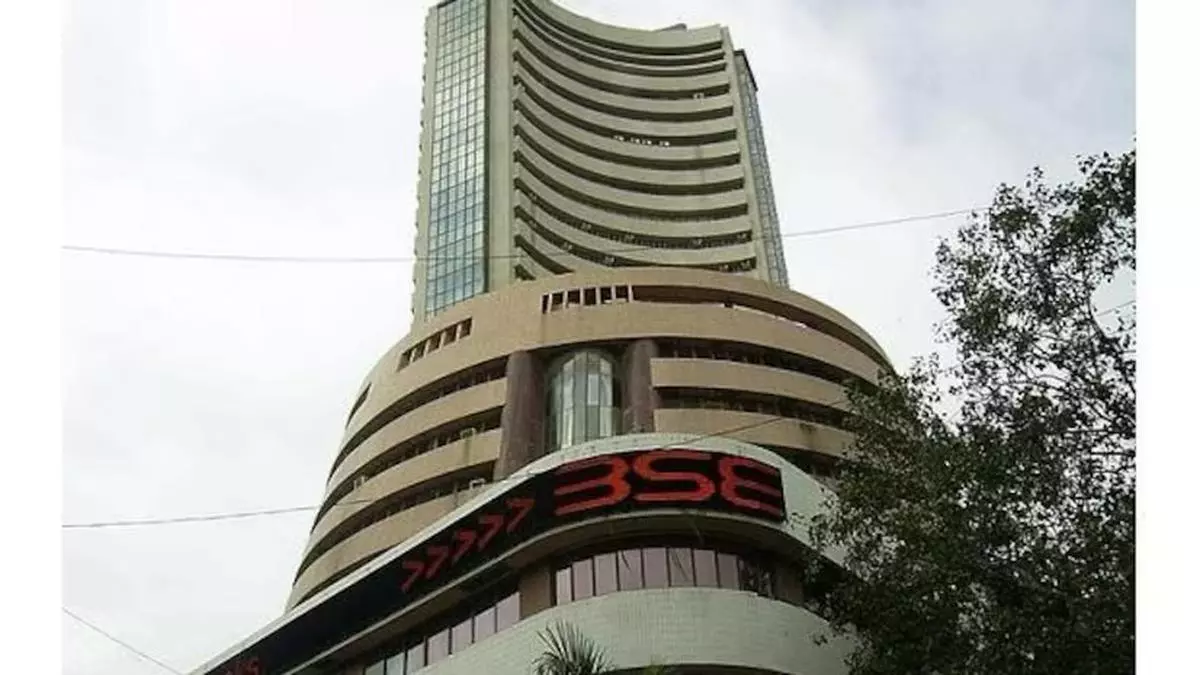
Four years ago, Indonesia decided to permanently ban exports of nickel ore to attract foreign investments so that domestic processing can be encouraged and the raw materials can be used for further downstream industries.
The ban enticed foreign investors, mainly from China, to construct smelters and increase exports so much so that Indonesia’s nickel production has increased 250 per cent since 2021. As a result, nickel prices are currently ruling near three-year lows.
On Tuesday, the three-month nickel contract was quoted at $17,670 a tonne. Prices are, however, 8 per cent higher since the beginning of the year.
Worst 2023 performer
Nickel, used in electric vehicle batteries, alloys, coins and rocket engines, was the worst performer on the LME in 2023 with prices falling 47 per cent. 2023 was the second worst year for price growth after 2008, said ING Think, the economic and financial analysis wing of Dutch multinational financial services firm ING.
According to Australia’s Office of the Chief Economist, from a peak of over $30,000 a tonne in January 2023, the LME nickel price continued to fall during 2023. “After averaging just over$20,000 a tonne in the September quarter 2023, nickel prices declined further in the December quarter 2023, to average around $17,600/t,” it said in its quarterly review.
According to ING Think, one of the key drivers of the nickel price has been the supply surge from Indonesia.
The supply surge has forced research agency BMI, a unit of Fitch Solutions, to cut its price forecast for 2024 to $18,000/tonne from $20,000 “as global nickel production surges, driving up the market surplus”.
Supply surge
“We anticipate that a significant increase in supply in 2024 (as seen in 2023), fed by heightened production in Indonesia and China, will be the core driver of price losses,” the research agency said.
The supply surge in Indonesia has resulted in a slew of shut downs or production cuts by corporates across the world. On Monday, Australian BHP Group said its nickel division could be “put on ice” due to a severe price slump. The Australian major mining company’s officials issued fresh warnings about the difficulties in the nickel sector.
ING Think said the BHP Group has declared that it would close part of its Kambalda concentrator after supplier Mincor Resources (a unit of Wyloo Metals) suspended nickel sulfide operations.
Panoramic Resources plans to halt its nickel sulfide operations in Savannah, and First Quantum Minerals said it would scale back operations at its Ravensthorpe mine in Western Australia. The total suspended capacity in Australia accounts for around 1.7 per cent of mined-nickel capacity in 2023, said ING.
In New Caledonia, Glencore has announced it will suspend production and sell its stake in the 60,000 tonnes per year Koniambo ferronickel operations. Two other nickel operations in New Caledonia, Doniambo ferronickel smelter and Prony Resources producing intermediate products, remain at risk from the plunge in nickel prices, said ING Think.
Subdued economic outlook
BMI said the decline in nickel price was attributable to an oversaturated market coupled with lacklustre demand. “We expect similar dynamics to cap price growth in 2024 as production in key producers China and Indonesia surges ahead. At the same time, a subdued global economic outlook across major economies will keep demand tepid, which will contribute to the expanding global surplus,” it said.
ING Think said despite the recent mine supply cuts, rising primary nickel output from Indonesia will keep the market in surplus this year, marking the third consecutive year of excess supply.
“Historically, market surpluses have been linked to LME deliverable/class 1 nickel but in 2023 and 2024, the surplus is mainly related to class 2 and nickel chemicals. Much of Indonesia’s output is of Class 2, lower purity material,” it said.
The Australian Office of the Chief Economist said in addition to softening world industrial production and manufacturing activity, the nickel market is watching the surge in output in Indonesian — both current and prospective — for a rise in inventories.
17% growth in 2024?
BMI estimates a significant increase in supply in 2024 (as seen in 2023), fed by heightened production in Indonesia and China, will be the core driver of price losses. “We project a surplus of 263,000 tonnes in the global nickel market in 2024, up slightly from a surplus of 209,000 tonnes in 2023,” it said.
It attributed the glut primarily to Indonesia’s increased production of nickel pig iron and intermediate nickel products, a direct consequence of heightened investment in its nickel sector following the nickel ore export ban in 2020.
BMI expects an annual nickel production growth rate of 17 per cent in 2024, with the risk of regulatory woes dragging growth slightly. The Indonesian government has signalled to producers that the country intends to continue to pump out significant volumes of nickel at the benefit of EV producers globally.
Indonesia has said excess supply will place a ceiling on nickel price growth at $18,000/tonne, the research agency said, adding that it expects more pure Class I nickel production growth across China and Indonesia to continue in 2024 as new facilities come online capable of converting Class II nickel into Class I.
Stainless steel, EV to drive offtake
ING Think said despite plunging nickel prices, Indonesia, at least for now, is unlikely to slow down its nickel supply to the global market. The country is likely to be more resistant to output cuts benefiting from inexpensive labour, subsidised power and abundant raw materials.
BMI said as Class I nickel production grows, a surge in LME nickel inventories looms over the market, which has the potential to send prices lower in 2024. “Stock levels have increased 19 per cent year-to-date, rising from 57.9kt on January 2 to 70kt as of March 5 2024,” it said.
The research agency said downside pressures may be marginally offset by slight growth in global stainless-steel consumption, though the dollar might support in the latter half of 2024.
The Australian Office of the Chief Economist said Chinese demand (from end-uses such as stainless steel and EV battery production) continues to drive global nickel consumption.
Crime Today News | Markets | Commodities | Forex | Stocks
Source | Powered by Yes Mom Hosting
Crime Today News Agency






